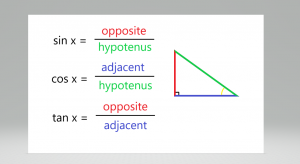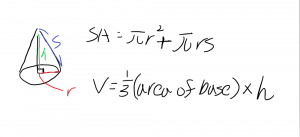
Genes are genetically manipulated by the same factors, such as eating patterns, eating habits, etc. There are 22,000 of DNA in a human body, but it is not all of them to be activated. Each gene is activated within the appropriate cells at the time required, and this tells us that precise control systems are also programmed within our genome. Epigenetics is one of the systems.

Epigenetics is a study of stable changes (diversity) in gene functions that do not entail changes in genetic sequences, and it also means the study of chemical reactions. Easily, the gene that is inherited from the parent can be change and influence to offspring.

Following the result of a lab, a pup mouse would be an anxious mouse if a pup mouse was raised by an anxious mother mouse, and a pup mouse would be a high-nurturing relaxed adult mouse if it was raised by the relaxed mother. Like this, it is influenced by the environment of.

The greatest advance is about cancer. Of course, it doesn’t mean cancer gave us good effective, it just means to treat cancer. It is even connected with methyl, cancer can be started when a mutation changes a DNA sequence. Methylation of cancer cells is weaker and more inactive than methylation of healthy cells. Using this result, scientists are researching how to treat cancers. Cancers have been the serious problem for a long time, and even now, the solution of cancers is not found perfectly. If some scientists success to find the solution, it can be possible to prevent, treat, and remove in the near future.
Sources:
http://newspeppermint.com/2015/08/04/m-epigenetics/ (Korean website)
https://en.wikipedia.org/wiki/Epigenetics
http://learn.genetics.utah.edu/content/epigenetics/
http://newspeppermint.com/2014/05/13/epigenetics/ (Korean website)







